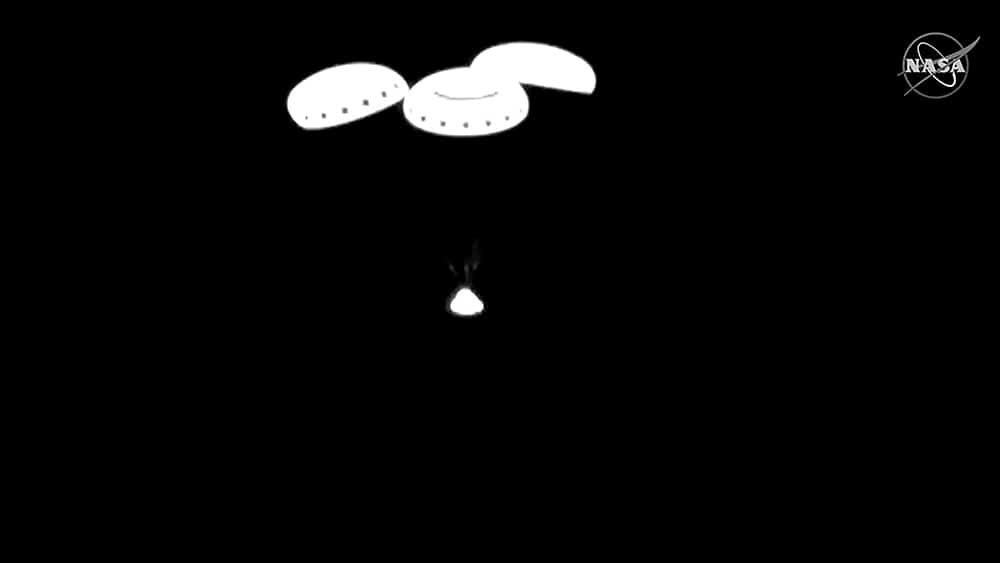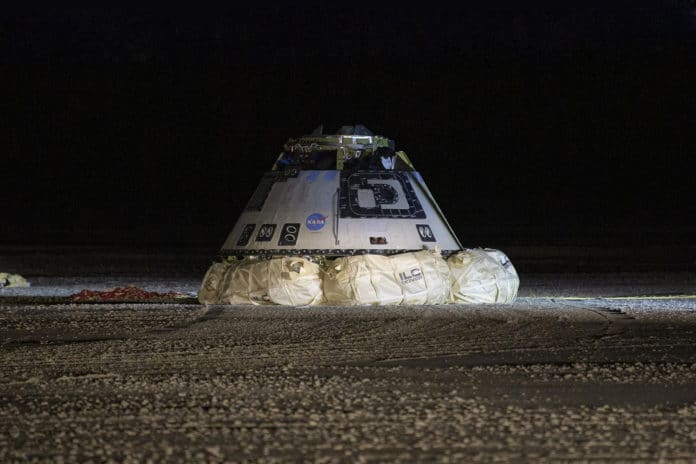Boeing’s Starliner space capsule, with no crew on board, landed safely in White Sands, New Mexico, on Sunday, Dec. 22, 2019, after failing to reach the International Space Station (ISS). The landing of the capsule was also a historical fact since it is the first American orbital capsule to land on the ground instead of in the ocean.
It all started for the first launch of the new Boeing Starliner capsule designed to transport astronauts to and from the ISS. Performed under a NASA contract, the takeoff was perfectly done on Friday morning from the Cape Canaveral space center in Florida. The entire first phase of the flight until the separation of the capsule with the rocket also went perfectly.
But after about half an hour, it became clear that Starliner could not reach the planned orbit due to an error in the system for calculating flight time. The spacecraft, uninhabited for this test flight, was then unable to reach its destination, the International Space Station, at an altitude of 400 km.
At a briefing, NASA head Jim Bridenstine announced that Starliner would not fulfill its main mission – docking with the International Space Station – since it had already burned a lot of fuel at that time. Boeing continues to find out the circumstances that caused the synchronization error.

However, the U.S. Space Department emphasized that the capsule is in good condition, and assured that the mission is not considered a complete failure since it will still be possible to test the system of landing the device on Earth.
The images retransmitted by NASA showed the return to Earth of the capsule, at night, after a descent slowed down by three large parachutes. This soft landing is finally good news for Boeing and NASA, after an almost catastrophic takeoff on Friday.
Although this Starliner carried no people, it did have a passenger. An anthropometric test device, named “Rosie,” was in the commander’s seat for the entire mission. She was outfitted with about a dozen sensors that collected data to help prove Starliner is safe for future human crews.
The failure of the new Boeing capsule is much less serious since it has not been destroyed, but it still risks delaying the NASA program.
